How To Harvest Sage Without Killing The Plant & What To Avoid! [2023]
Want to learn how to harvest sage without killing the plant?
Sage is a simple and easy plant to rare. It might sound intimidating to new gardeners just exploring the gardening world, but sage can be grown anywhere, even from the smallest corner of your backyard.
Sage is a perennial herb that will continue to grow for longer than two years, so you’ll get a bunch of it before it’s time.
To maximize your crop, you must first understand how to harvest sage without killing the plant.
How To Harvest Sage Without Killing The Plant:
- Types of Sage You Can Grow At Home
- When To Harvest Sage?
- How Many Times Can You Harvest Sage?
- What Part of Sage is used?
- What is Sage used for?
- Is Sage Still Good After It Flowers?

Affiliate Link Disclosure
Some of the links here are affiliate links, and I may earn if you click on them, AT NO EXTRA cost to you. I hope you find the information here useful! Thanks.
Related Posts
- Best Seed Starting Kit Of 2022
- 7 Best Vegetable Gardening Books For Beginners In 2022!
- How To Harvest Parsley Without Killing The Plant -Exact Steps! [2023]
- How To Harvest Kale Without Killing The Plant [What to Avoid!] 2023
- How To Harvest Cilantro Without Killing The Plant?[The Best Way!]
- How To Harvest Rosemary Without Killing The Plant? [Personal Experience!]
- How To Harvest Oregano Without Killing The Plant? [Personal Experience!]
How To Harvest Sage Without Killing The Plant
1. The best way to harvest sage without killing the plant is to not pick off all the leaves and keep some behind growing.
Harvesting only what you need will leave the woody stem intact, allowing newer leaves to grow. That is how you harvest sage to promote growth of the plant.
2. However, if you are harvesting sage for smudging, you will also need to cut off the stem. This is how to harvest sage to dry, you will need to pick longer stems and cut a length of 6” long.
Do not cut it all off and leave at least a third of the stalk so it can regrow. This encourages your sage plant to grow even bigger.
3. If your sage plant starts to get overgrown, you can gently prune off the woody stems when collecting your sage harvest.
Making a meal? Pick off all the leaves except the couple on the top for cooking.
You can put the rest of the cutting into a compost pot, so nothing gets wasted.
Tip: Never remove all the leaves when you harvest sage and never pull the entire plant out or cut it off all the way to the ground. This will encourage regrowth for the sage plant.
Types Of Sage You Can Grow At Home
1. Garden or Common Sage
This perennial plant exhibits a slight aroma with pale-ish green leaves and sometimes produces small lavender-like flowers. Garden sage is the most common type of sage, mainly used for cooking.
This article will teach you how to harvest garden sage as well. If you’re wondering what “perennial plants are,” they are basically plants that can last for an indefinitely long time and endure harsh environments better than other plants.
They usually have a life cycle that can last for more than two years throughout the seasons.
Sage was well used from as far back as the Middle Ages and was a known ailment carried by religious practitioners, healers, and herbalists and used for ritualistic cleansing, healing, and aromatic properties.
Sage is a herb that originated in the Mediterranean region and is now utilized by people all over the world for a variety of reasons. However, it is occasionally used as a staple ingredient in turkey stuffing, dressing, or filling in the United States.
2. Pineapple Sage
Pineapple sage is a perennial flowering with tube-like red flowers that attract butterflies and hummingbirds during their migration season. This sage typically grows best in slightly drained or sandy soil.
This will allow it to survive the harsh colder environments by becoming dormant and sprouting new growth in spring. You most definitely can if you’re wondering if you can consume pineapple sage.
It is primarily grown as an ornamental plant. All you need to do this is carefully cut some of the pineapple sage leaves. The leaves can be used in drinks such as summer teas or cocktails for parties.
You can blend pineapple sage leaves with lime juice or fruit salad for a quick and easy way to include them in your meals. Cut pieces of the vivid red blooms can be added to a salad.
3. White Sage
The white sage also known as the ‘burning sage’ is famously used for smudging. It is also known by other names such as bee sage or sacred sage.
White sage needs the full sun and is best grown in a pot. It requires well-draining soil and a large pot as it thrives quickly.
White sage has silver-pale or white leaves and blooms white flowers on occasion. It also has a pleasant aroma. This sage plant’s leaves start off green and later become a faint shade of white.
White sage is a favorite of several birds, and it serves as a significant source of food for insects like bees and butterflies. White sage has a rich cultural history and is frequently used in various Native American cultures in the United States.
Because of its power to drive away negative energy and karma, White Sage has been used in Native American ceremonies and rites. The most common way of burning sage is known as smudging.
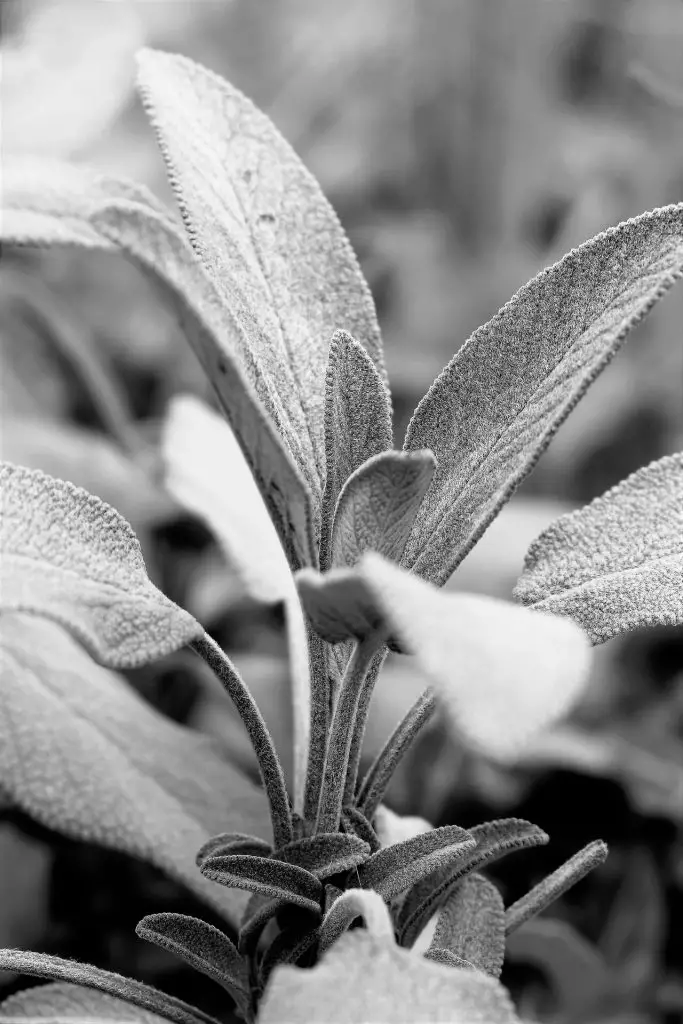
When To Harvest Sage?
Sage usually takes around 75 days to grow from the day the seeds are planted. Harvesting sage is best done when you pick the leaves before the plant starts to bloom.
Extend the sage harvest by picking off flowers as the little buds start developing. Though, it is also possible to harvest sage that’s started blooming. You can pinch off leaves during the winter time if you’re in dire need of supply as well.
However, if the leaves are cut before winter, the plant might have difficulty getting through the wintertime. After pruning, the sage plant will get new sprouts and grow bushier when the weather improves, whether on land or in a pot.
How Many Times Can You Harvest Sage?
Sage harvesting can be done at up to a third of a growing sage plant at any time to allow the plants to rejuvenate again. An adult sage plant should provide a maximum of three full harvests in a season.
However, even if you won’t be using the leaves for consumption or any particular reason, it is still recommended to prune your sage leaves each year to reinvigorate the sage plant.
Doing this will allow the stems to maintain a good shape and prevent the need to replant the sage plant every few years.
This also ensures that you can use the sage plant to the fullest. It can become messy and woody without proper care and seasonal pruning of the sage plant and leaves.
You can even harvest the sage seeds! They are quite prominent and can be easily seen in the plant. Here’s how to harvest sage seeds: once they turn dark and the flowers begin to turn brown, you can cut the flower stalk and place it in a paper bag.
What Part Of Sage Is Used?
The leaves are primarily used to create medication or to cook. Tender stems can be used to make stock for poultry and vegetables in other cuisines.
Before beginning to cook, it is essential to remove any broken leaves or stems. After that, rinse the herbs under running water to get rid of any remaining dirt and grime. Allow for a few minutes for the freshly cleaned sage plant to dry.
If you have ground sage and don’t intend to use it right away, store it in containers with tight covers. If suitably stored for a few years, you can manufacture ground sage.
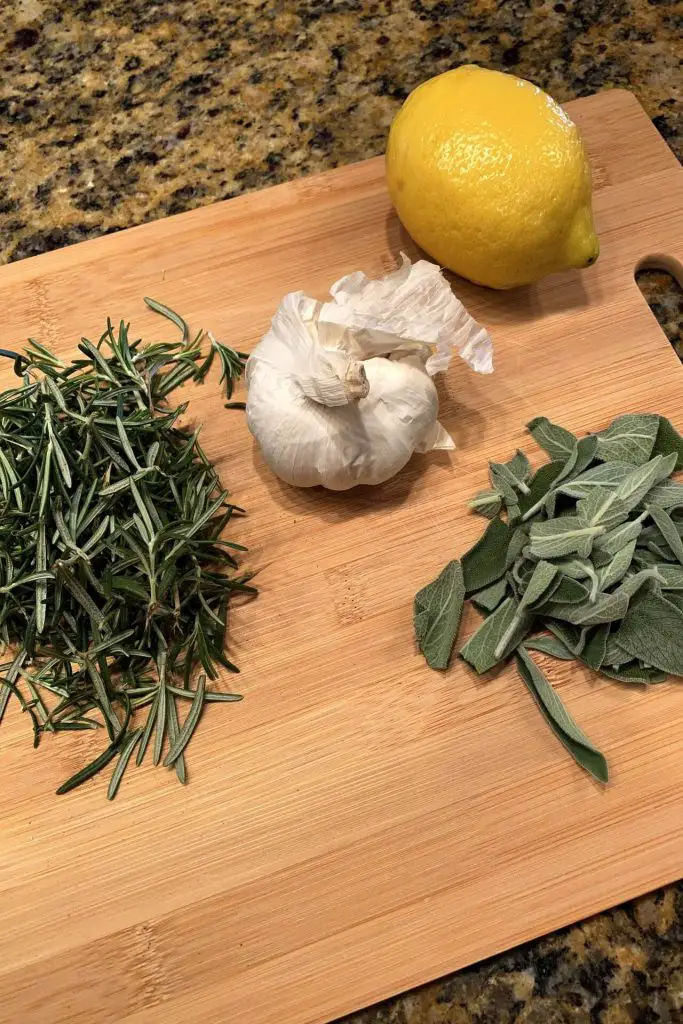
What Is Sage Used For?
1. Medically
Sage is predominantly used for medicinal purposes in different parts of the world. In the past, Ancient Egyptians used sage as a fertility drug. Currently, it is used to improve and support digestion.
It is said to help with diarrhea and bloating. However, in other parts of the world, such as Asia, it is used as a tea or tonic.
Sage can be applied to the skin to treat sores and is occasionally used by women to lessen the pain associated with their period.
2. Mental Health
Sage is frequently used to treat sadness and memory loss when it comes to mental health. As a result, it is an essential oil that is also used in candles or baths.
3. Meals
On the culinary front, sage is perhaps most notably used in the preparation of holiday stuffings in turkey for Thanksgiving or Christmas. If you’re into pasta, this herb has made one of the most flavorful pasta butter sauces.
4. Smudging
Sage can also be used for smudging – a burning cleansing derived from Native American cultural practices.
Sage is believed to drive out evil spirits and energy while enhancing wisdom, clarity, and increasing spirituality. Sage does remove bacteria from the air, according to science. The body can quickly absorb sage smoke, which is not hazardous.
Sage appears to remove the majority of airborne microorganisms in space, according to some experts (This does not mean it clears up covid).
Sage burning often causes negative ions to be released, and it has been found that these ions are beneficial to human health. When people smoke sage, they experience an increase in positivity and a “lighter” mood.

Is Sage Good To Harvest After it Flowers?
Yes. Unlike many herbs, sage leaves are still delicious after the plant flowers. As sage grows more extensive, the flavor starts to intensify too.
But you can also consume these elusive sage flowers. They can be used in salads and other meals to add color. You can add fresh or dried sage to your meat meals or stuffing, adding the most exciting flavor.
Other than that, you can also use sage flowers to decorate your cakes. Once you’ve picked the sage flowers, you can sugar them and sprinkle them on top of the cake. It’s easy and eco-friendly, not to mention healthy too.
If you’re planning on hosting a cocktail party, sage flowers are the perfect drink decoration and flavor additive. Start with a regular gin and tonic in a pretty serving glass, and then add your sage blossoms with a couple of lime or apple slices.
FAQs On How To Harvest Sage Without Killing The Plant
How Do You Harvest Sage So It Keeps Growing?
How do you harvest sage so it keeps growing? Here’s how you harvest sage so it keeps growing, it is crucial to ensure you pinch off leaves or snip small springs from the plant.
During the first year, harvest sage lightly to ensure the plant grows. Leave a few stalks behind after the first year of harvest so the plant can rejuvenate.
Where Do You Cut Sage When Harvesting?
Where do you cut sage when harvesting? Here’s where you cut sage when harvesting, which is important. So again when we cut right above the leaf nodes right there it’ll promote these leaf nodes to branch out into side stems. Making your herbs bushier.
You cause dedicated gardening tools for a precise cut or a pair of pruners does the job too.
Does Sage Regrow After Cutting?
If you’re wondering if sage regrows after cutting, yes, sage does regrow after cutting! After pruning, when the weather improves, the sage will get new sprouts and grow bushier.
If the leaves are removed before winter, the plant may struggle to survive. Shoots can now be pruned down to around 5 cm in February.
How Do You Know When Sage Is Ready To Harvest?
Here’s how you know when sage is ready to harvest so you’ll get the best crop. When they are at least one year old and have lots of healthy new regrowth, that is when sage is ready to be harvested.
Sage harvesting is best done in the spring and summer for the best flavor.
So there you have it, now you know everything about how to harvest sage without killing the plant. Go forth and propagate, fellow plantsmen.
Just starting out? Planting sage is a great way to go. Prepare for Thanksgiving because sage is frequently used in stuffing and pasta dishes.
This herb gives out a pungent aromatic fragrance that stimulates and clarifies the mind, helping you focus on your tasks.
If you follow this guide on how to harvest sage without killing the plant, you’ll reap a bountiful harvest. I hope reading this inspires you to grow sage in your garden and use it for its beneficial properties.
Related Posts
- Best Seed Starting Kit Of 2022
- 7 Best Vegetable Gardening Books For Beginners In 2022!
- How To Harvest Swiss Chard Without Killing The Plant [Exact Steps!]
- How To Harvest Chives Without Killing The Plant [Exact Steps]
- How To Harvest Spinach Without Killing The Plant: Exact Steps!
- How To Harvest Dill Without Killing The Plant [Exact Steps]







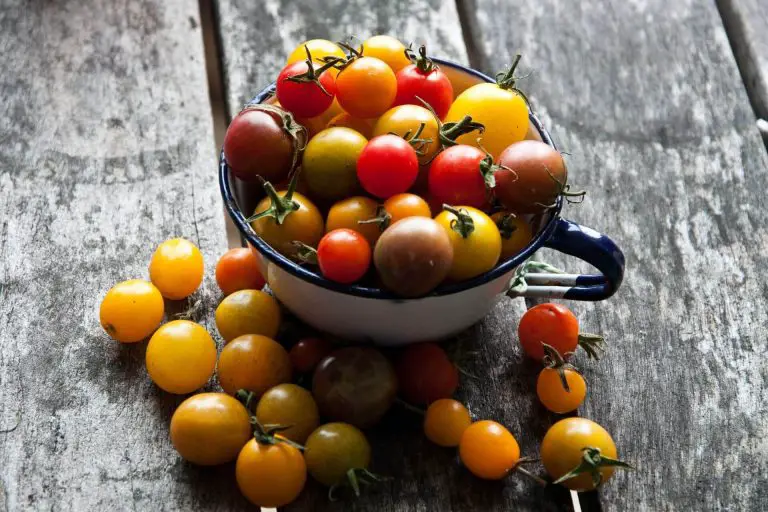
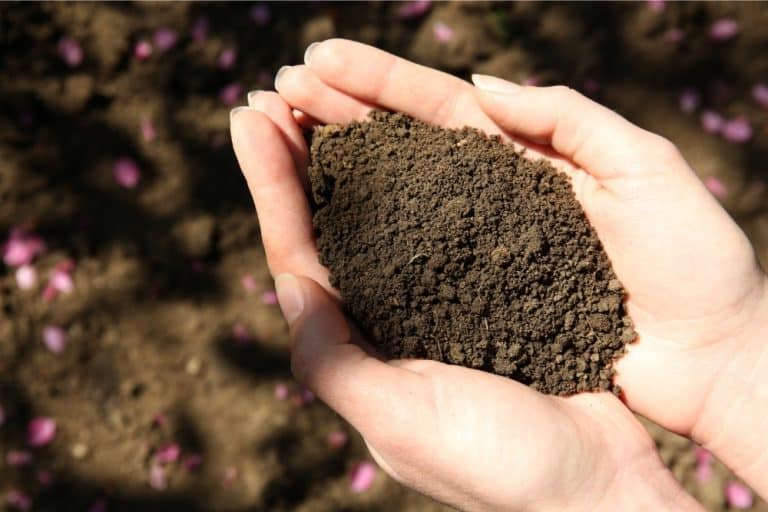
![When To Pick Carrots [+ Harvesting Tips!]](https://aboveandbeyondgardening.com/wp-content/uploads/2021/10/When-To-Pick-Carrots-768x512.jpg)
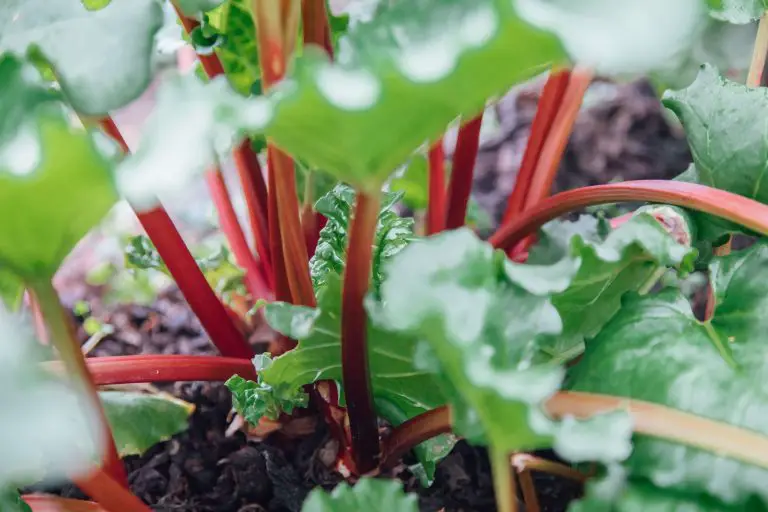
![8 Pumpkin Growing Stages [+ Growth Tips!]](https://aboveandbeyondgardening.com/wp-content/uploads/2022/10/Pumpkin-Growing-Stages-9-768x512.jpg)